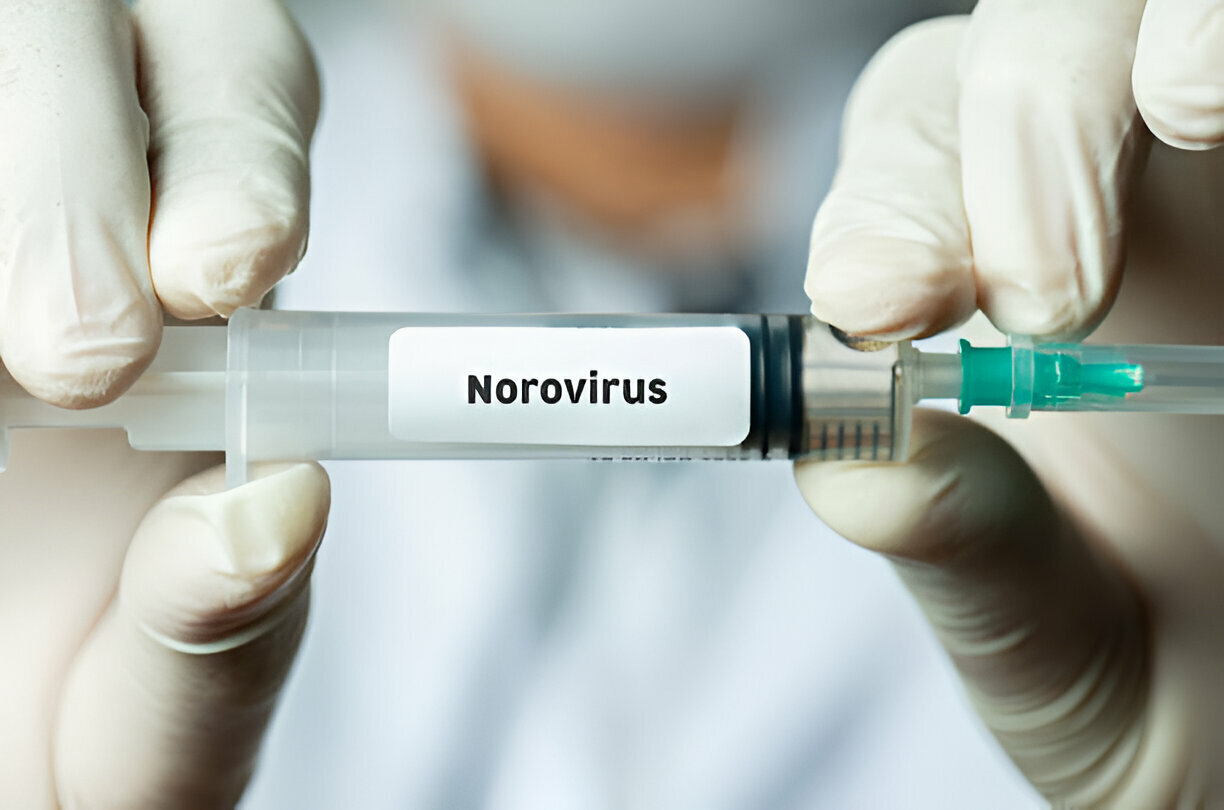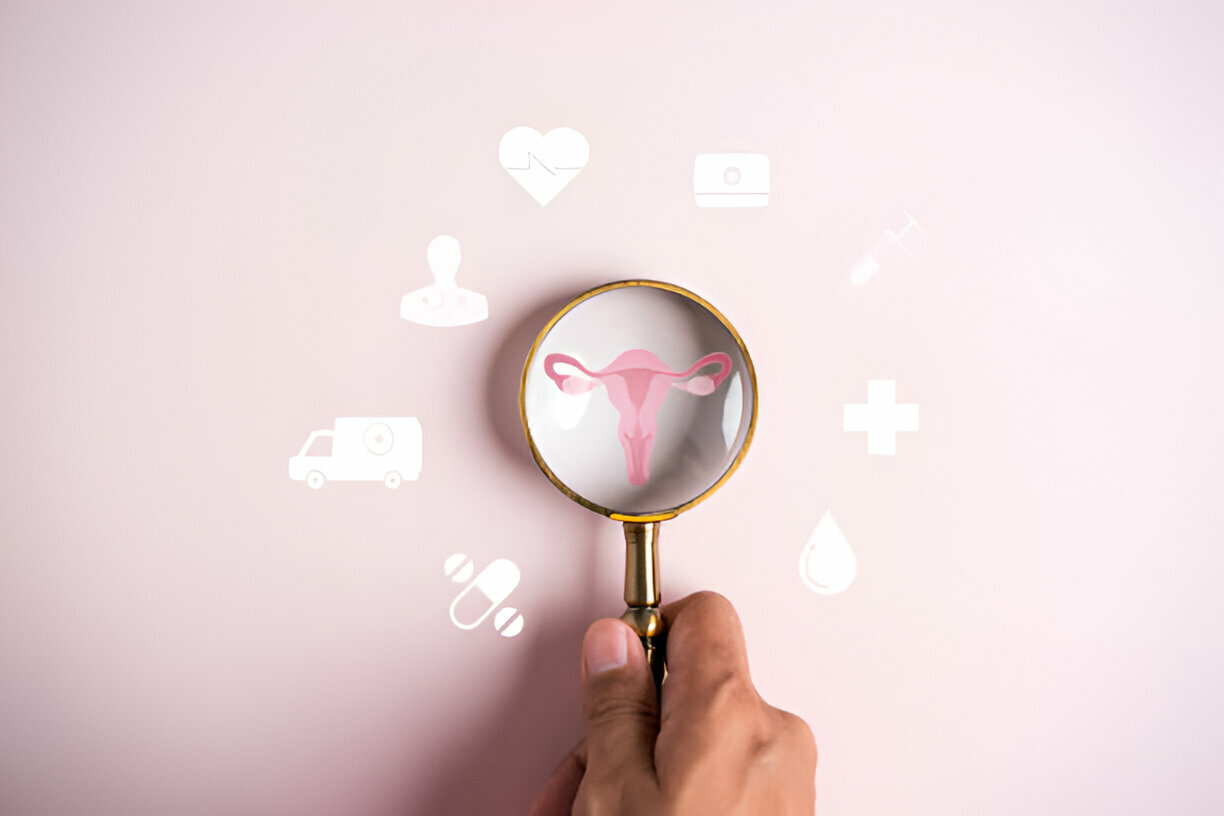How to Choose Antibodies

With the development of life sciences, research surrounding proteins is increasing, and the importance of antibody reagents in experiments is growing. Faced with a complex antibody reagent market, how to choose antibodies suitable for your experiments becomes especially important.
When we want to detect the expression of a target protein in tissues, how to select antibodies that meet the needs of our experiments and store and use them properly is something every researcher needs to consider carefully. There are many types of antibodies with various brands, technical parameters, and quality and prices differing greatly. How does one purchase high-quality, reasonably priced antibodies and accurately obtain the results we want? There are many details that require attention.
1. Choosing Specificity
When choosing specificity, four main aspects need consideration: protein specificity, species specificity, method specificity, and label specificity.
(1) Protein Specificity
When searching for antibodies against a target protein, several details need to be distinguished. The requirements for antibodies to detect recombinant versus endogenous proteins are different, so check the product manual for intended use. If a recombinant protein is not full-length, confirm the antibody epitope is within the sequence. For endogenous proteins, understand post-translational modifications and cleavage, and cross-reactivity of isoforms via sequence alignments. For post-translationally modified proteins like phosphoproteins, define the exact site(s), as different sites likely mediate distinct functions.
(2) Species Specificity
Orthologous proteins across species have minor to significant differences. Most commercial antibodies are raised against human or model organism sequences. Cross-reactivity should be confirmed by checking species listed in the manual per protein homology. For obscure species, sequence alignment can identify conserved epitope antibodies. However, manufacturers won't guarantee quality for such off-label use. Requesting free samples can help selection.
(3) Method Specificity
Many techniques utilize antibodies, each with different protein treatment impacting detection. Consult manuals for validated applications, though manufacturers can't test antibodies by all methods. For unvalidated uses, understand the protein sequence and antibody epitope to predict success. Again, antibody samples enable method testing before purchasing.
(4) Label Specificity
Directly conjugated primary antibodies are uncommon except for instrumentation-based analyses like flow cytometry. Match fluorescent labels to the detection ranges of your instruments. For dual labeling, choose distinguishable labels on the two primary antibodies.
2. Choosing Antibody Clonality and Host Species
There is a common misperception that monoclonal antibodies are inherently superior to polyclonal antibodies. Actually, both formats have tradeoffs - monoclonals offer potentially superior specificity while polyclonals can have higher avidity and need not have inferior specificity with well-designed immunogens. Rather than debating mono- versus polyclonal, the best antibody is the one that works for your experiment, regardless of clonality.
When choosing host species, more phylogenetic distance from the test species is generally better to avoid cross-reactivity. The host species also determines compatible secondary antibodies. For dual labeling experiments like immunofluorescence, the two primary antibodies must be from different hosts for secondary antibody multiplexing.
3. Navigating Cost and Performance
Ultimately antibody quality is empirically determined by experimental success. Unfortunately predictive power is limited when purchasing untested antibodies. All brands and origins have hits and misses – expensive reagents can fail just like inexpensive options. Antibodies are heterogeneous products lacking standardized metrics.
This poses the greatest antibody selection challenge. Many labs buy products based on legacy use or literature citation, but batch-to-batch variability means such heuristics offer limited guarantees. Thus good vendor customer service is paramount for resolving any quality issues without delaying projects. Antibody sample services can validate performance before purchasing, avoiding frustration.
For pricing, remember – most expensive does not necessarily mean highest quality or best fit. Investing heavily upfront for antibodies that ultimately require replacements and redos is an all-too-common mistake. Try samples first to confirm efficacy. Consider total potential working volumes when comparing costs based on package sizes, concentrations, titers, etc.
4. Other Helpful Tips
A few other antibody considerations merit mention. Note any azide content if antibodies will be added to live cell cultures. Consider aliquoting large packages for economy and making high-titer stocks for small-volume working aliquots. Simple frozen ice packs often suffice for short antibody shipments.
5. Don't Worry About Literature Molecular Weight Discrepancies
A common frustration when selecting antibodies is seeing the same target protein assigned different molecular weights across vendors and catalog numbers. Rather than true variability, this likely reflects companies validating antibodies on distinct species with different sample types, and referencing disjoint literature values.
Fortunately, for consistent experimental samples, band migration on western blots is determined by the target protein, not the antibody - a properly performing antibody will recognize the native protein at its actual position. Thus don't cut membranes according to literature molecular weights when first trying a new antibody. Instead, run some full lanes to survey the complete migration pattern.
Moreover, comprehensive understanding of a target protein before testing is ideal, including possible isoforms and post-translational modifications. Consult databases and literature to guide expectations, enabling recognition of anticipated species. This knowledge, combined with full lane analysis during early antibody use, will build appropriate intuition for band validation.
At Mantacc, we believe helping diagnostics companies achieve excellence enables better health outcomes for people everywhere. As a trusted partner to IVD manufacturers worldwide, we provide customized and standard laboratory consumables that power innovation in in-vitro testing.
Click to View → Mantacc Swab-based Specimen Collection









